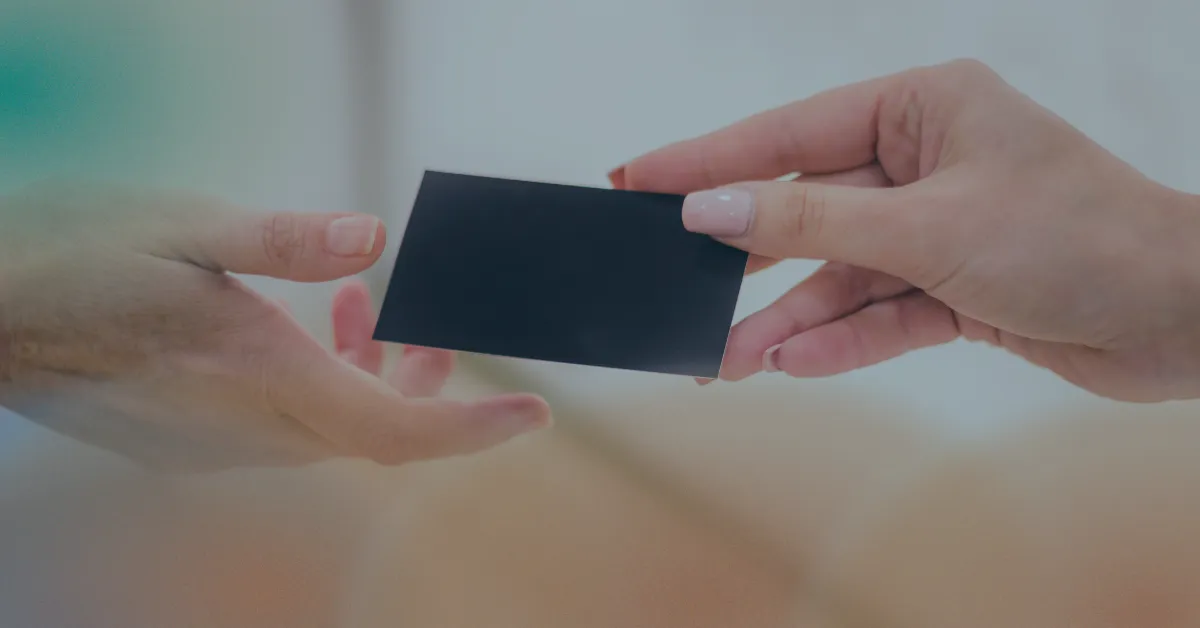
Get on the property ladder with a smaller deposit. Buy a share of a property and pay rent on the rest, with the option to increase your share over time.
Buying a Shared Ownership property involves several key steps. Here's what you can expect during the process:
Confirm you meet the criteria for Shared Ownership, including income limits, first-time buyer status (in most cases), and inability to afford a suitable home on the open market.
Work out how much you can afford for the initial share purchase, considering deposit, mortgage payments, rent on the remaining share, and service charges.
Search for Shared Ownership properties through local housing associations, Help to Buy agents, or property portals. Attend viewings and choose a home that meets your needs.
Apply for the property through the housing association, undergo affordability assessments, and pay a reservation fee once approved.
Secure a mortgage for your share, appoint a solicitor experienced in Shared Ownership, and complete the necessary legal paperwork.
Exchange contracts, pay your deposit and completion costs, and receive the keys to your new home. You're now a homeowner!
Buying a Shared Ownership property involves several key steps. Here's what you can expect during the process:
Confirm you meet the criteria for Shared Ownership, including income limits, first-time buyer status (in most cases), and inability to afford a suitable home on the open market.
Most lenders require at least 5-10% of the property value as a deposit. Government schemes like Help to Buy and Lifetime ISAs can help boost your savings.
Work out how much you can afford for the initial share purchase, considering deposit, mortgage payments, rent on the remaining share, and service charges.
Check your credit score, gather necessary documents, and understand your budget. We'll help you prepare for the mortgage application process.
Search for Shared Ownership properties through local housing associations, Help to Buy agents, or property portals. Attend viewings and choose a home that meets your needs.
With a mortgage in principle, you can start viewing properties within your budget and make offers with confidence.
Apply for the property through the housing association, undergo affordability assessments, and pay a reservation fee once approved.
Once your offer is accepted, we'll guide you through the legal process, surveys, and final mortgage application to completion.
We'll submit your application to the chosen lender and liaise with them throughout the process, addressing any questions or concerns that arise.
Congratulations! You've completed your purchase and can now move into your first home. We'll still be here for any future mortgage needs.
Exchange contracts, pay your deposit and completion costs, and receive the keys to your new home. You're now a homeowner!
Once your offer is accepted, we'll guide you through the legal process, surveys, and final mortgage application to completion.
Shared Ownership is a government-backed scheme designed to help people who can't afford to buy a home outright. It allows you to purchase a share of a property (between 25% and 75%) and pay rent on the remaining share, which is owned by a housing association.
With a traditional mortgage, you borrow money to purchase 100% of a property. With Shared Ownership, you only need a mortgage for the share you're buying (e.g., 50%), making it more affordable in terms of deposit and monthly payments.
However, in addition to your mortgage payments, you'll also pay rent on the share you don't own, plus a service charge for maintenance of communal areas. Despite these additional costs, the combined monthly outgoings are often lower than renting privately or taking on a full mortgage.
Shared Ownership offers a stepping stone to full home ownership. Here's how the process works:
Purchase a share of a property (between 25% and 75%) through a housing association. You'll need a mortgage for this portion.
Pay a subsidised rent to the housing association on the share you don't own. This is typically lower than market rates.
Gradually buy more shares in your home when you can afford to, a process known as 'staircasing'. Many people aim to eventually own 100%.
Like most leasehold properties, you'll pay a service charge for maintenance of communal areas and building insurance.
When you decide to move, you can sell your share of the property. The housing association usually has first refusal or will help find a buyer.
If you staircase to 100% ownership, you'll no longer pay rent, though service charges may still apply. You'll own your home outright.
Shared Ownership offers numerous advantages for those looking to get on the property ladder. Here's why it might be the right choice for you:
You only need a deposit for the share you're buying, not the full property value. For example, a 10% deposit on a 25% share means just 2.5% of the total property value.
Shared Ownership can help you become a homeowner years earlier than if you were saving for a traditional mortgage deposit.
As a homeowner, you'll benefit from any increase in property value on your share, helping you build equity over time.
Through staircasing, you can buy additional shares when your financial situation improves, eventually owning 100% if you wish.
Shared Ownership can make it possible to live in areas that would otherwise be unaffordable, including desirable neighborhoods with good schools and amenities.
Unlike renting privately, Shared Ownership offers long-term security. Most leases are for 99 or 125 years, giving you stability and peace of mind.
Navigating the Shared Ownership process can be complex, with specific eligibility criteria, specialised mortgage products, and unique legal considerations. Our expert advisers have extensive experience in Shared Ownership and can:
With our specialised knowledge of Shared Ownership and access to lenders who offer these mortgages, we can help you navigate this unique path to homeownership and secure the most competitive rates available for your circumstances.
Our Shared Ownership specialists can help you navigate the process, find the right property, and secure a competitive mortgage for your share.
Fill in your details for a quick callback from our team